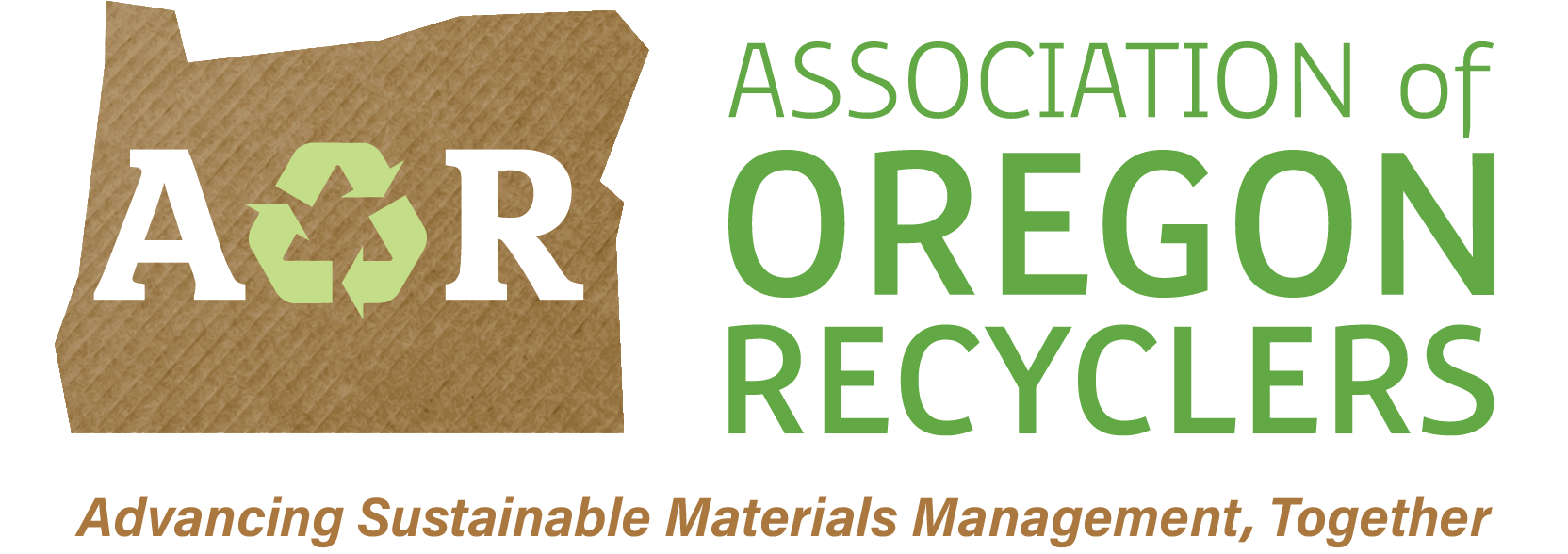Oregon’s Material Recovery Rate for 2015 Tops 50 Percent for 5th Year in a Row
Portland, OR—Despite a rise in waste generation, Oregonians exceeded their goal to recover 50 percent of waste, taking into account recovery credits, resulting in significant energy savings and greenhouse gas reductions, according to the Oregon Department of Environmental Quality's 2015 Oregon Material Recovery and Waste Generation Report. The recovery rate is the percentage of the total waste generated by Oregonians that is recycled, composted or recovered for energy. In 2015 Oregon's calculated waste recovery rate was 50.3 percent.
"Recycling by Oregonians continues to conserve resources, save energy, and reduce pollution such as greenhouse gas emissions," says David Allaway, a senior policy analyst in DEQ's Materials Management Program. "From Pendleton to Port Orford, recycling is a modest but meaningful way that Oregonians can protect our environment every day."
Oregon calculates the material recovery rate by taking the total amount of material recovered and dividing it by the total post-consumer material generated – the sum of all discards that are either disposed of or recovered. Credits are then added for reuse and home composting efforts. In 2015, the state recovered 2,383,118 tons through recycling, composting and certain forms of energy recovery from wastes. The state disposed of 2,739,555 tons, and that amount added with total material recovered equals 5,122,673 tons generated in 2015.
DEQ's 2015 report is the last year to feature a recovery credit program for waste prevention, reuse and home composting. Local and statewide waste recovery goals, as well as statewide waste generation goals changed with the passage of Senate Bill 263, adopted by the Oregon Legislature in 2015. The bill modernizes Oregon's decades-old recycling and waste prevention laws to guide state, local and private actions to increase and improve material recovery and prevent waste.
A per capita rise in the amount of waste generated in 2015 resulted in Oregon missing its 2015 goal of no increase in waste generation. There was a 4.8 percent increase in municipal post-consumer waste generation over 2014, which equates to 2,553 pounds of solid waste generated per Oregonian for the year.
Waste generation is a crude proxy of material use, and increasing waste generation signals a likely increase in overall environmental impacts. These impacts are partially mitigated by recycling, composting and energy recovery. Reductions in greenhouse gas reductions made possible through recycling, composting and energy recovery in 2015 totaled approximately 2.9 million metric tons of carbon dioxide equivalents, equal to the tailpipe emissions from 670,000 average passenger cars for the year.
This is DEQ's 24th annual report on the state of municipal post-consumer (residential and commercial) material recovery and waste generation in Oregon. The full report is available here: www.deq.state.or.us/lq/sw/recovery/materialrecover...
Contact:
Michelle Shepperd, Materials Management, DEQ, 503-229-6724, shepperd.michelle@deq.state.or.us
Matthew Van Sickle, Public Information Officer, DEQ, 503-229-6044, vansickle.matthew@deq.state.or.us
Press Release Issued by Oregon Department of Environmental Quality
